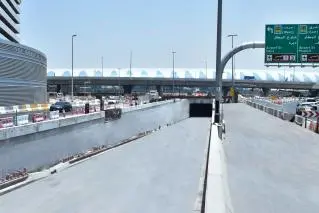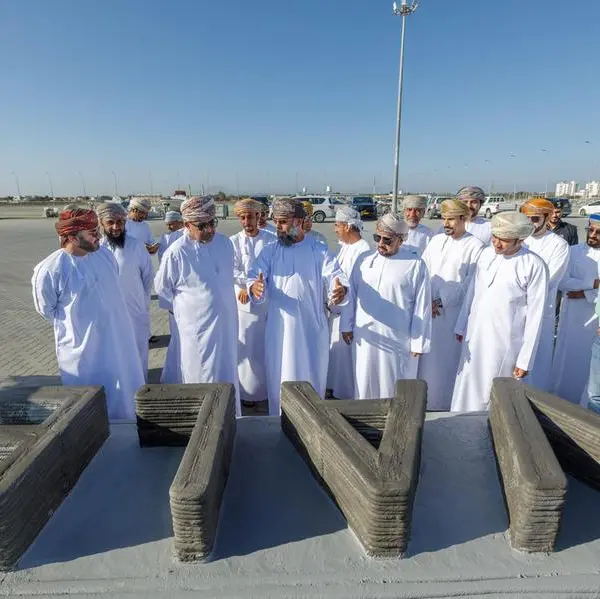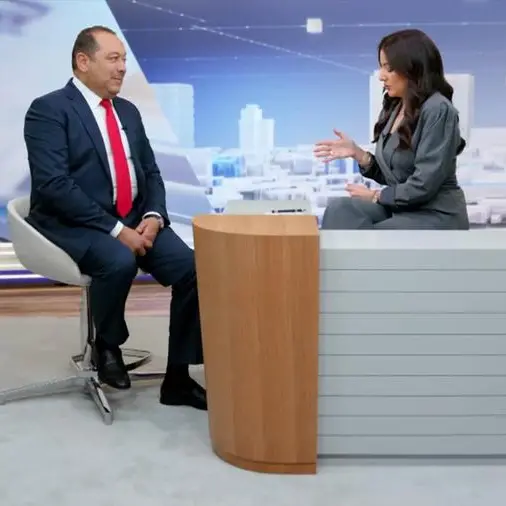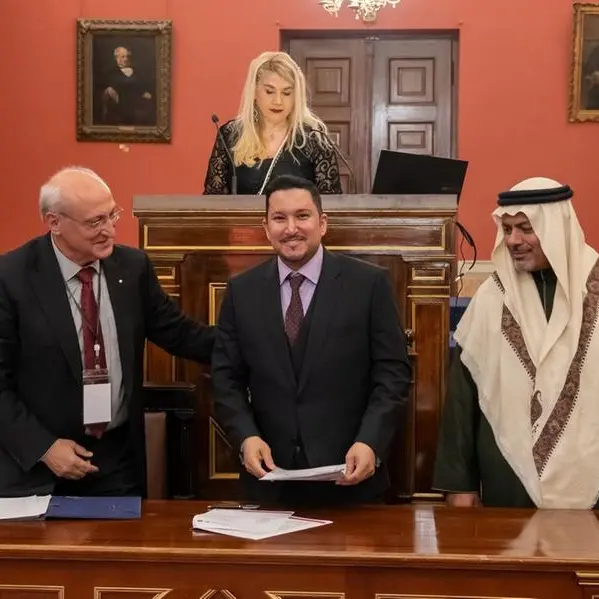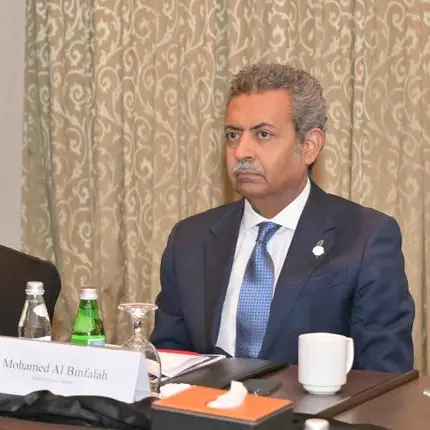PHOTO
RTA – Mohammed Al Munji:
The Dubai Roads and Transport Authority (RTA) will open a two-lane tunnel linking the Airport Street and Marrakech Street this Friday (July 20). The tunnel will provide smooth traffic flow from the Airport Street to Marrakech Street in a densely populated district with several schools as well as public and private entities in the neighborhood.
“This tunnel is a part of the Improvement of Airport-Marrakech Streets Junction Project. It included the construction of two bridges on the Airport Street of three lanes in each direction, and a ramp branching out of a downtown-bound bridge leading to Dubai International Airport Terminal 3, thus bypassing the light signal. It also included the construction of another bridge leading to the premises of the Dubai Aviation Engineering Projects (Ex Dubai Airshow). The Project will cut the waiting time at the junction from seven minutes to less than a minute,” explained Nabeel Mohammed Salih, Director of Roads at RTA’s Traffic and Roads Agency.
“Over several phases, RTA had opened all bridges of the four junctions of the Airport Street. The first, Al Rashidiya Junction, included the construction of two bridges of three lanes in each direction on the Airport Street. The second was Airport-Nad Al Hamar Streets Junction involving the construction of a two-lane ramp to serve the traffic from Nad Al Hamar Street to the Airport Street.
“The third was the Marrakech-Airport Streets’ junction comprising the construction of two bridges of three lanes in each direction along with a ramp leading to Airport Terminal 3 without waiting at the light signal. It also included the construction of another bridge leading to the premises of the Dubai Aviation Engineering Projects and a two-lane underpass to serve the traffic heading leftward from the Airport Street in the direction of Marrakech Street.
The fourth junction covered upgrading the Airport-Casablanca Streets junction through the construction of an additional single-lane ramp to serve the traffic from the Airport Street heading to Casablanca Street, thus eliminating the waiting time at the light signal. It also included the construction of an alternative street for traffic inbound from Al Garhoud enabling direct access to Terminal 1 and 3 of the Airport, besides increasing the number of lanes of Casablanca Street in the direction of Al Garhoud from 3 to 4 lanes,” he explained.
“The Project has considerably reduced the total waiting time at Casablanca junction and eased tailbacks generated by the overlapping traffic between vehicles heading towards Casablanca junction and others coming from Terminal 1 heading leftwards to Casablanca Street,” concluded Salih.
-Ends-
© Press Release 2018Disclaimer: The contents of this press release was provided from an external third party provider. This website is not responsible for, and does not control, such external content. This content is provided on an “as is” and “as available” basis and has not been edited in any way. Neither this website nor our affiliates guarantee the accuracy of or endorse the views or opinions expressed in this press release.
The press release is provided for informational purposes only. The content does not provide tax, legal or investment advice or opinion regarding the suitability, value or profitability of any particular security, portfolio or investment strategy. Neither this website nor our affiliates shall be liable for any errors or inaccuracies in the content, or for any actions taken by you in reliance thereon. You expressly agree that your use of the information within this article is at your sole risk.
To the fullest extent permitted by applicable law, this website, its parent company, its subsidiaries, its affiliates and the respective shareholders, directors, officers, employees, agents, advertisers, content providers and licensors will not be liable (jointly or severally) to you for any direct, indirect, consequential, special, incidental, punitive or exemplary damages, including without limitation, lost profits, lost savings and lost revenues, whether in negligence, tort, contract or any other theory of liability, even if the parties have been advised of the possibility or could have foreseen any such damages.
